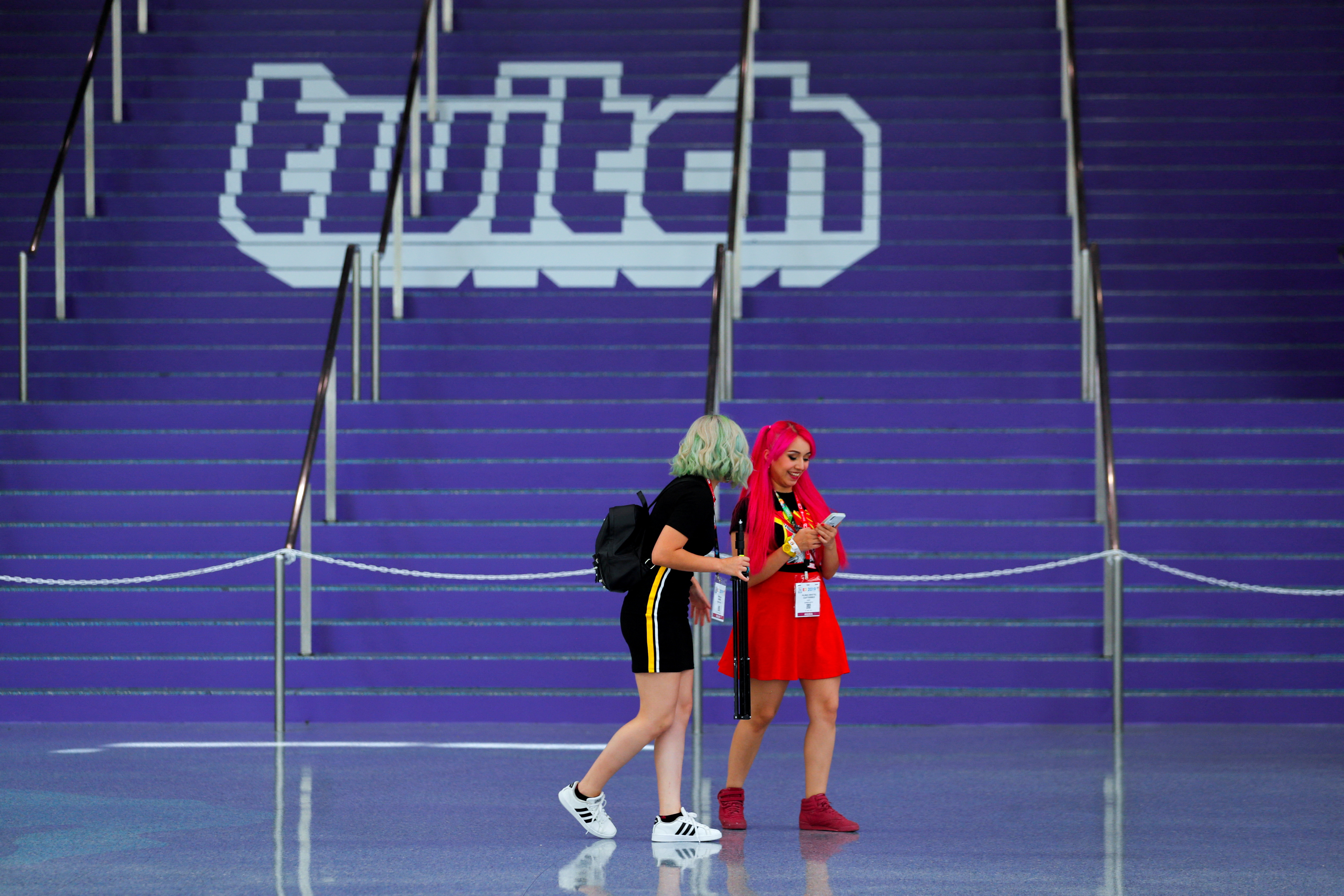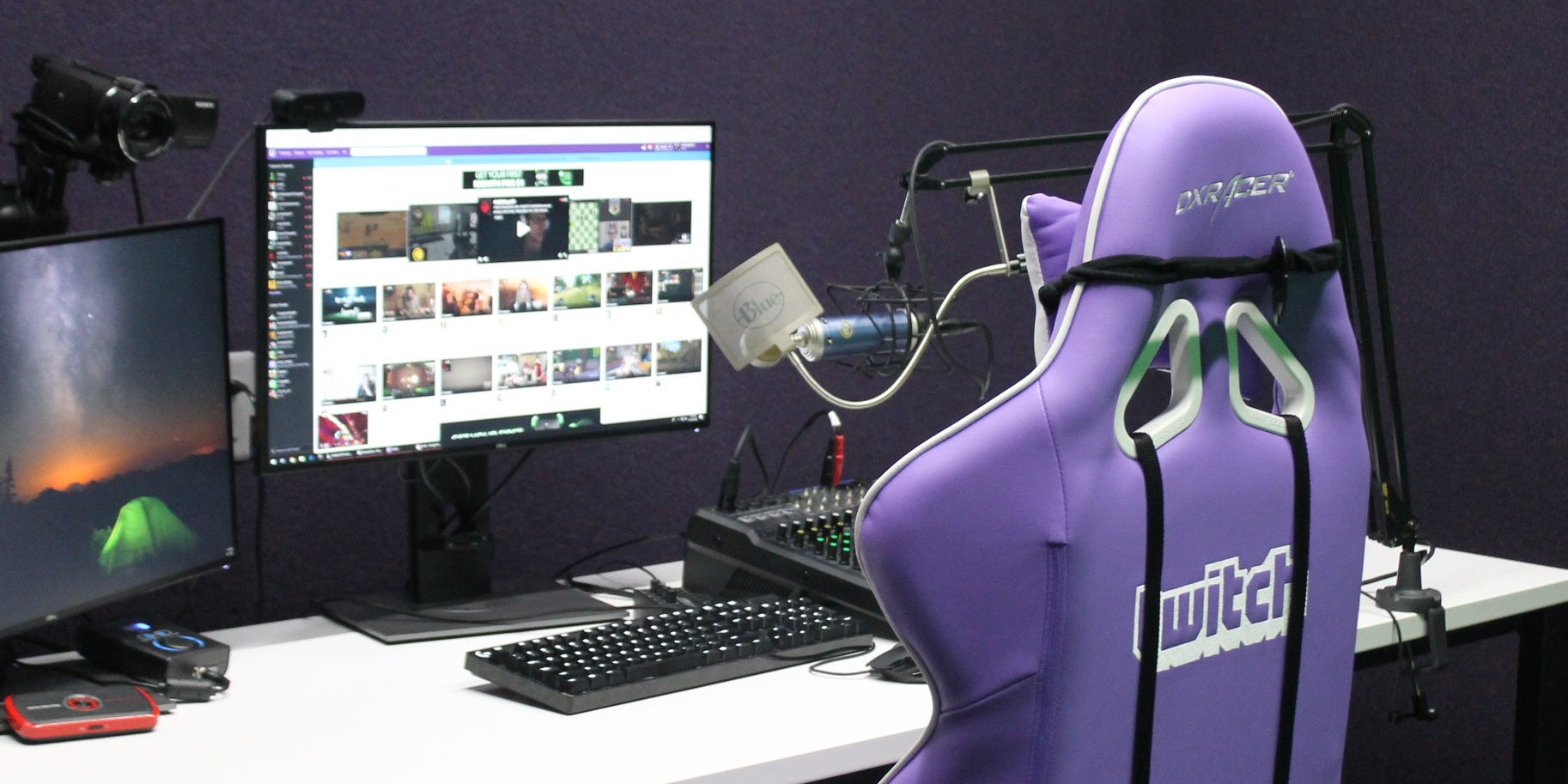
After users took advantage of the new feature that Twitch launched last month, called Boost Train, to put porn on users' homepages with the tag “promoted by the streamer community” in the thumbnails of NSFW, the platform has paused the tool.
According to the site Kotaku, several Twitter and Reddit users shared screenshots of pornographic thumbnails that appeared at the front of their “Live Channels We Think You'll Like” sections.
These thumbnails indicate that the broadcasts appeared there thanks to the aforementioned feature that Twitch announced last year. The feature has changed since it was first introduced, but the basic concept remains the same: users can spend money to get a broadcast in front of people's eyes. In this case, it turned out to be content that violates Twitch regulations.
As The Verge explained, unless Twitch users promoting the broadcasts explicitly tried to disable the feature or cause problems for the creator, it would be difficult to call it money well spent: three accounts have appeared in the most popular porn.

As a result, the platform suspended the linked accounts for violating the Twitch Community Guidelines. As Zach Bussey pointed out to The Verge, the transmissions powered by the Boost Train could also have been simply old-fashioned trolling).
Twitch “decided to pause Boost Train because of some security considerations that arose during the test,” Twitch's chief communications officer Sam Faught said in an emailed statement to the said outlet. He added that Twitch “will share additional updates with our community on new features to help improve visibility, as they become available.”
Although Twitch did not directly say the reason for the pause, it noted that the test feature was stopped due to reports. Twitch rules prohibit “nudity and sexually explicit content or activities.”

It has also been seen how unwanted attention, such as being massively harassed, can harm streamers, which could also have been a concern if the feature had been maintained. Kotaku asked if the feature would return or be modified, but Twitch allegedly only responded with a reiteration that it was paused for now.
Twitch will block users who frequently share false information or misinformation from their accounts. This is a new measure that seeks to stop the spread of harmful content.
The platform communicated, through a blog post, that it updated its Spam, Deception and Malicious Behavior Policy to prohibit users who distribute harmful misinformation from using its service.

“Our goal is to prohibit the use of Twitch for people whose online presence is dedicated to spreading false and harmful information,” they clarify in the text.
The platform explains that it partnered with more than a dozen researchers and experts to understand how misinformation spreads online in order to have an effective approach to the streaming platform. In this sense, they say that they identified 3 aspects in common in all users with this behavior:
1) often share widely refuted and viral content
2) They are based on conspiracy theories or other forms of misinformation
3) They send this material on a recurring basis to their followers.
They clarify that in addition to this update, measures will continue to be taken on misinformation directed at specific communities under their Harassment and Hateful Conduct Policy, as well as measures on content that encourages others to engage in physically harmful behavior.
KEEP READING
Últimas Noticias
Debanhi Escobar: they secured the motel where she was found lifeless in a cistern

The oldest person in the world died at the age of 119

Macabre find in CDMX: they left a body bagged and tied in a taxi
The eagles of America will face Manchester City in a duel of legends. Here are the details

Why is it good to bring dogs out to know the world when they are puppies




